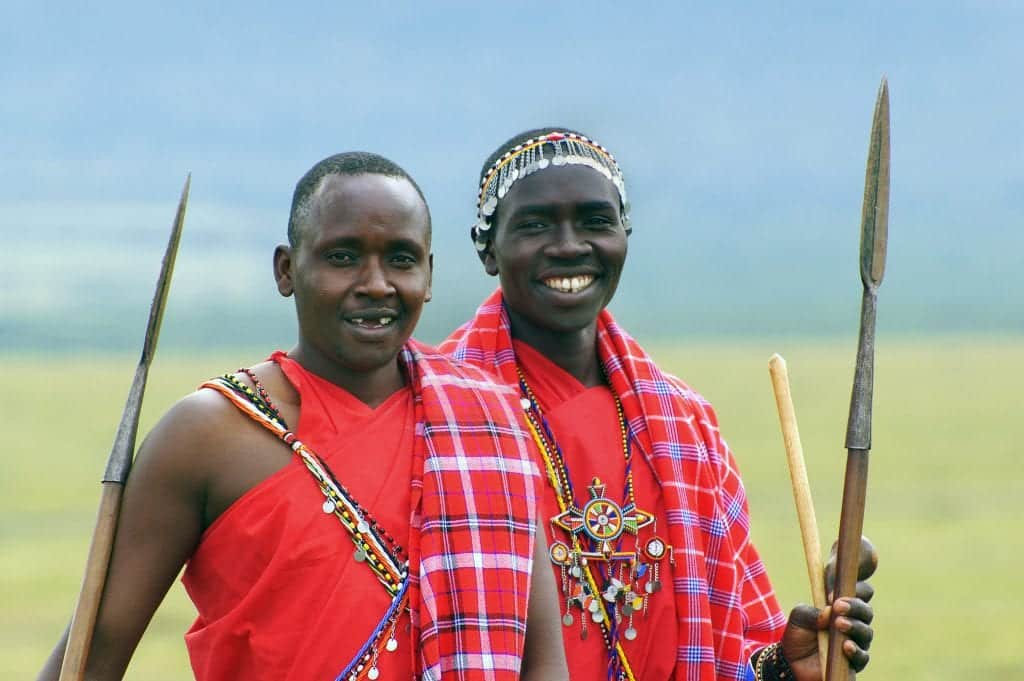
The Maasai, a nomadic and pastoralist community, have long been custodians of a way of life that is intimately connected to the land and steeped in ancient customs. Their renowned red attire, crafted from locally sourced materials, carries a deep historical significance. The earthy red color symbolizes their symbiotic relationship with the natural environment and serves as a practical shield against the sun’s harsh rays and the thorny terrain of the savannah.
At the heart of Maasai identity lies their unparalleled skill in beadwork. Intricate patterns and vibrant hues come together to tell stories that traverse generations, embodying the collective wisdom, struggles, and triumphs of the Maasai people. Each bead is a living repository of cultural heritage, representing values such as courage, love, and beauty.
The Maasai warriors, distinguished by their red regalia and adorned with ornate beadwork, have played a pivotal role in the preservation of their cultural heritage. The iconic jumping dances, known as “adumu” or “Aigus,” are more than mere displays of physical prowess. Rooted in history, these dances were once a rite of passage, signifying the transition of young men into warriors. The leaps, reaching incredible heights, served as a testament to the strength and agility required for the warriors to protect their communities and livestock.
Throughout history, the Maasai have faced challenges to their traditional way of life, from colonial influences to modernization. Yet, they have tenaciously clung to their heritage, adapting without compromising the core of their identity. The striking red attire and mesmerizing dances have not only endured but have also become emblematic of African culture on the global stage.
In recent times, the Maasai people have found themselves thrust into the international spotlight, celebrated as cultural ambassadors at events and festivals worldwide. This recognition, while bringing appreciation, also poses challenges as the Maasai navigate the delicate balance between preserving their traditions and embracing the opportunities of a rapidly changing world.
